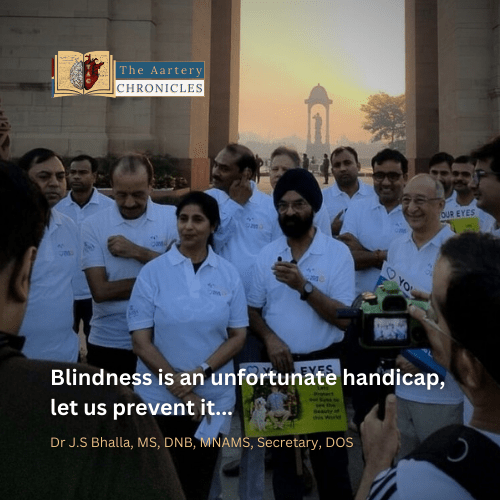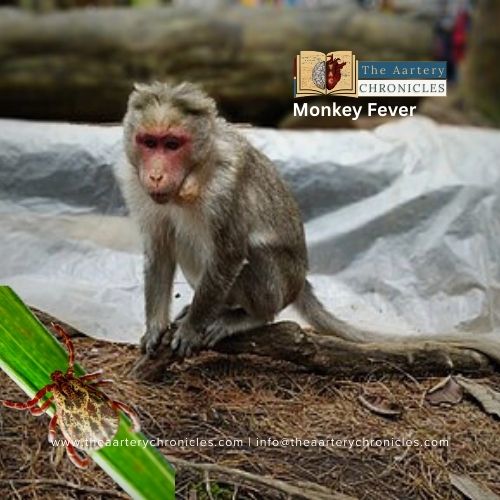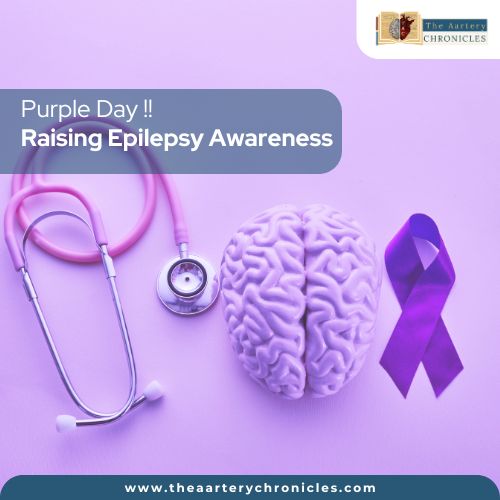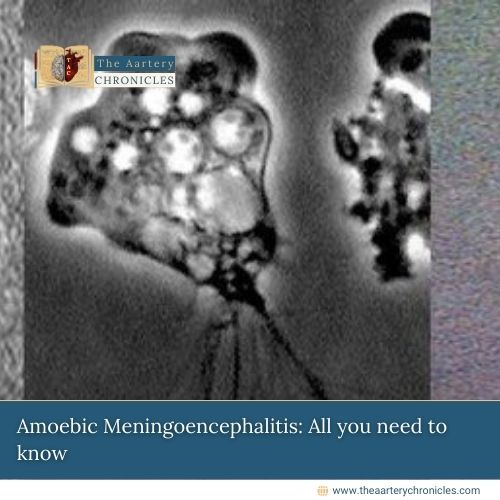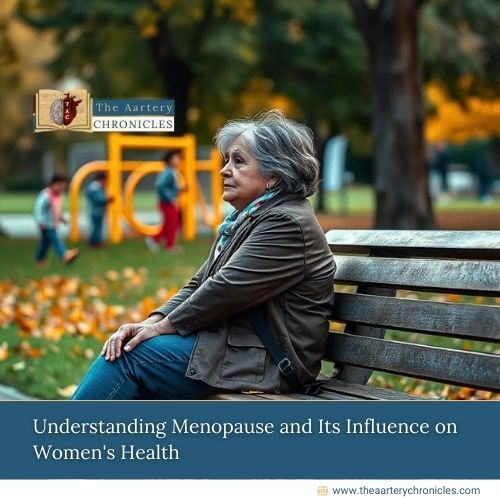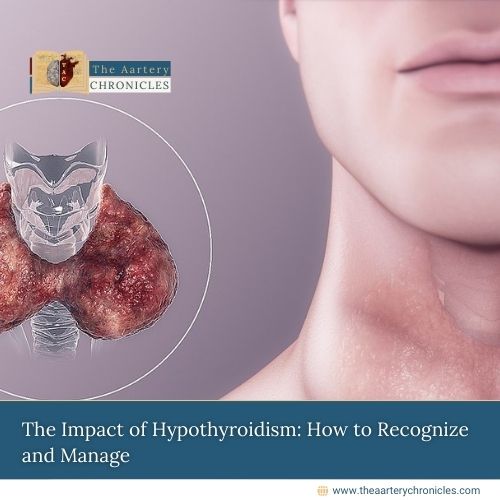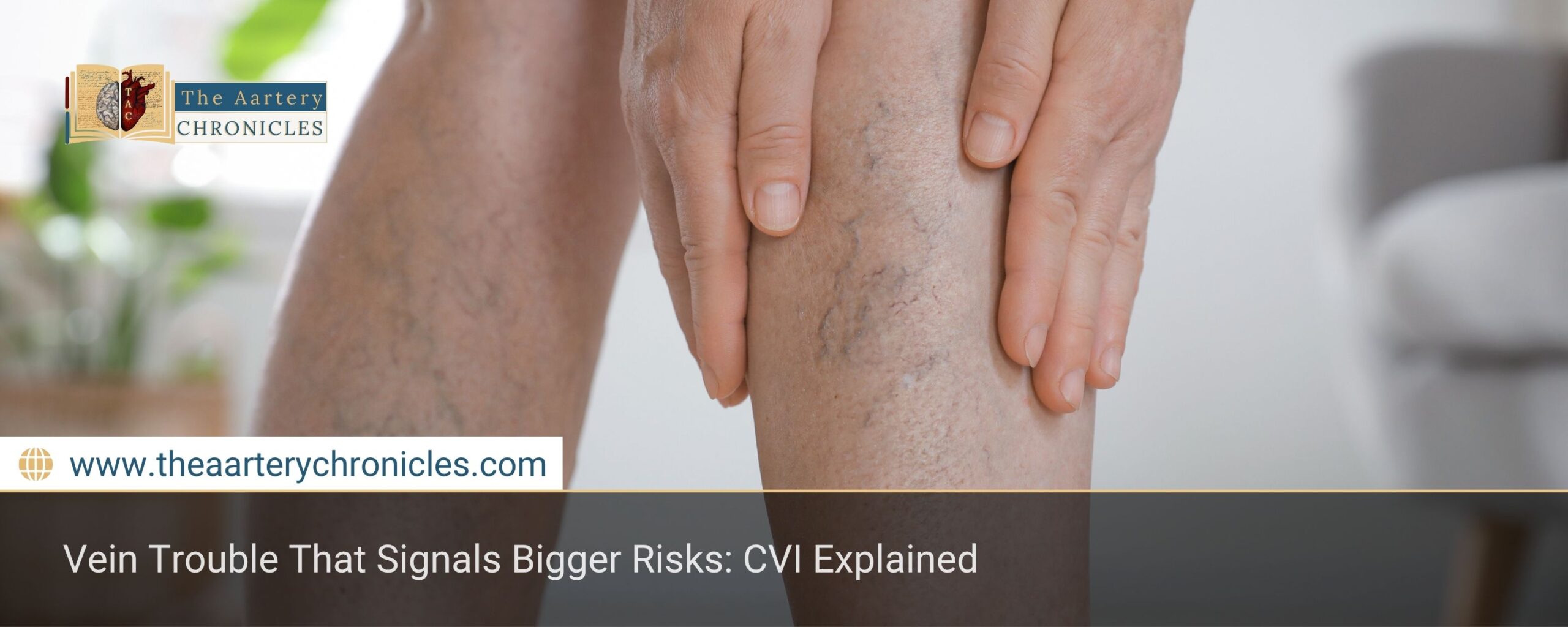
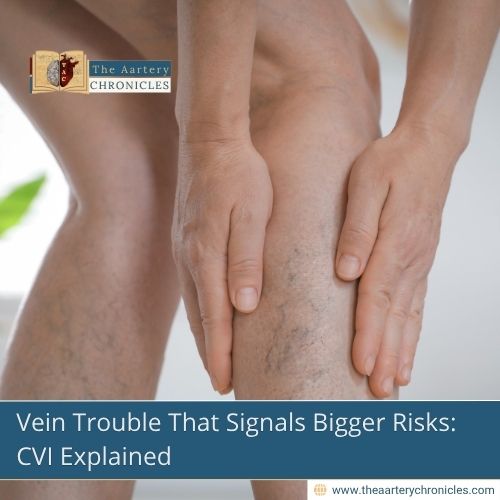
Chronic Venous Insufficiency (CVI): Everything you need to Know
Summary: Donald Trump’s diagnosis of Chronic Venous Insufficiency (CVI) brought the limelight to this condition, which is underdiagnosed all over the world. CVI is not just a cosmetic issue, CVI impacts leg circulation and puts people at risk of heart disease and even death. Even in India, increased obesity, sedentary living, and elderly populations are driving CVI cases. Early diagnosis and newer treatments can avoid complications.
Trump's CVI Diagnosis Points to a Growing International Problem
Did you know that a vein condition associated with heart disease and untimely death tends to go undetected until it is in its later phases? President Donald Trump’s diagnosis of Chronic Venous Insufficiency (CVI) has brought awareness to the world for a disease that impacts millions—yet remains overlooked.
CVI is not a swollen vein or a swollen leg. It’s a circulatory condition where incompetent valves in the veins cause blood to collect in the legs. The American Heart Association suggests that it’s linked with increased mortality, particularly in people who have other cardiovascular risk factors.
What Is CVI and How Does It Form?
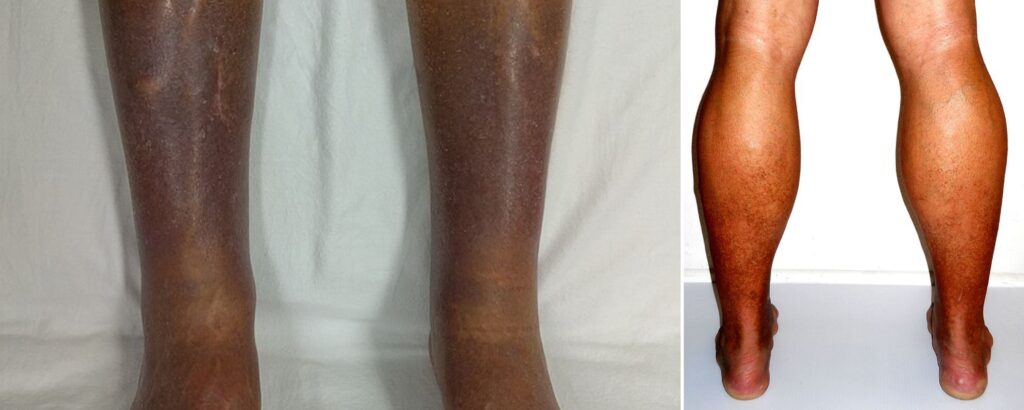
Chronic Venous Insufficiency happens when valves in the veins of the legs, which are supposed to thrust blood towards the heart, are not functioning. This causes backwards blood flow and blood accumulation in the legs. Over time, it results in:
- Oedema (swelling)
- Skin discolouration or rashes
- Pain or heaviness
- Restless legs
- Open ulcers
It becomes worse if left untreated and can cause serious complications, particularly in the elderly or patients with heart disease, obesity, or physical inactivity.
CVI in India: A Grossly Overlooked Public Health Problem
While there are few formal statistics available on CVI in India, doctors report a sudden rise in cases over the last decade. There are a few factors which may increase the risk:
- Varicose veins: one of the most severe predictors of CVI appear in up to 20% of Indian adults, especially
- Women
- Office workers
- Factory workers with jobs involving long standing
- Indian vascular surgeons indicate an increasing trend towards CVI ulcers, particularly in
- Diabetics
- The elderly
- Most Indian patients do not want to get treated due to a lack of awareness, considering their symptoms as a sign of age or fatigue.
- Interventional treatments and compression machines are not being utilised and practised or are not even accessible in rural and semi-urban areas.
- Diabetes burden, hypertension, and city lifestyles, sedentary lifestyles are mounting CVI and risk.
Key Symptoms: Don't Ignore These Red Flags
Symptoms of CVI include:
- Swollen legs or ankles, particularly towards the end of the day
- Tired, heavy, or painful legs
- Itchy, scaly skin in the lower leg (venous eczema)
- Spider or varicose veins
- Restlessness or cramping in the evenings
- Open wounds along the ankle (venous ulcers)
These are usually taken for granted in India until ulcers develop or walking is uncomfortable.
CVI vs. DVT: Understand the Difference
Deep vein thrombosis (DVT) and CVI are distinct yet related disorders.
- DVT is triggered by a deep clot and can cause pulmonary embolism, a potentially life-threatening event.
- CVI results from compromised valves over the years or following DVT, causing chronic symptoms.
Trump was likewise tested and cleared of DVT, validating an emphatic CVI diagnosis.
How Is CVI Diagnosed?
Doctors use the following to confirm CVI:
- Duplex ultrasound – The most common tool to assess valve function and blood flow
- MRI or CT venography – For advanced imaging if obstruction is suspected
In India, access to diagnostic imaging varies across regions. In rural areas, CVI is still diagnosed clinically or remains undetected.
Treatment: From Compression to Catheters
The treatment depends on stage of the disease
Treatment options at early stages are
- Compression therapy with stockings or bandaging
- Increased walking and lifting of legs
- Topical steroid skin creams and moisturizers for skin symptoms
- Diuretics to remove excess water
- Antibiotics for infection of the skin
Advanced treatments
- Endovenous laser or radiofrequency ablation (EVLA or RFA)
- Sclerotherapy – Injecting agents to collapse faulty veins
- Minimally invasive catheter-based procedures guided by ultrasound
These are available in most urban Indian hospitals and day-care surgical centers, though cost and access remain barriers in many areas.
Conclusion: Time to Uncover CVI in India and Beyond
Chronic Venous Insufficiency is a growing global concern that’s not just about leg swelling or varicose veins, it’s about blood flow and heart health.
Poor knowledge, change in lifestyle, and unavailability of early treatment are aggravating the condition in India. Whether it’s Delhi or Dallas, knowledge of the symptoms saves limbs and lives.
If you or your loved ones are having persistent leg pain, swelling, or colour change in the skin, seek medical attention right away. CVI is treatable and the sooner, the better.
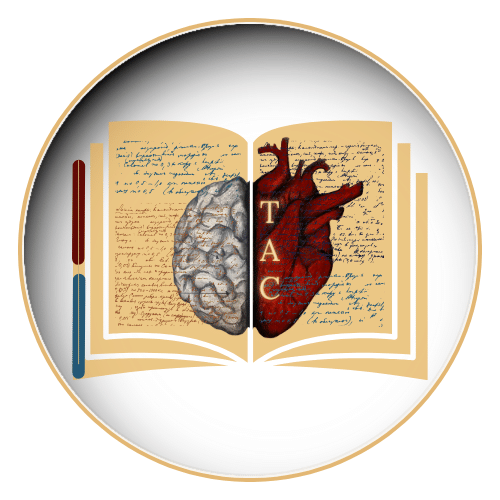
Dane
I am an MBBS graduate and a dedicated medical writer with a strong passion for deep research and psychology. I enjoy breaking down complex medical topics into engaging, easy-to-understand content, aiming to educate and inspire readers by exploring the fascinating connection between health, science, and the human mind.

